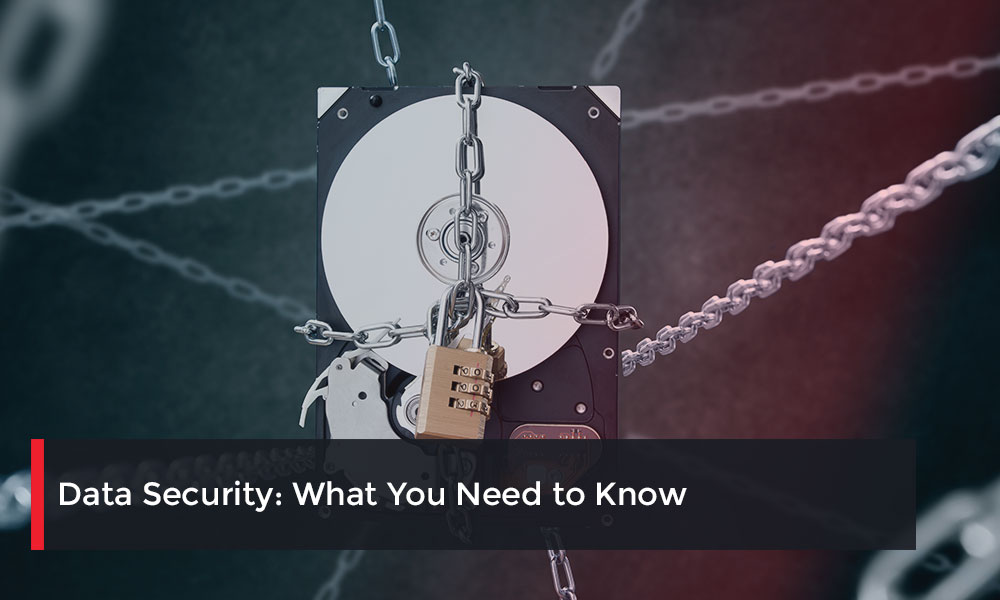Cybercrime has been on the rise for years, and that rise continues. Cybersecurity Ventures predicts that cybercrime damages will reach an annual figure of $6 trillion by 2021. The publication’s authors are not exaggerating when they call cybercrime, “the greatest threat to every company in the world.”
The average cost of a malware attack on a company reaches into the millions of dollars, offering clear financial incentives to cybercriminals. For companies throughout New Mexico and the Southwest, the cybersecurity question is not, “if”, but “when” you will be targeted.
In 2017 WannaCry made headlines as one of the most virulent and damaging strains of malware in history. While it did billions of dollars’ worth of damage to businesses, individuals, and institutions around the world, it could have been worse. Comprehensive data security solutions stopped 5.4 billion WannaCry attacks from succeeding, according to Symantec.
It is only a matter of time before cybercriminals exploit the next vulnerability. Implementing a functional, efficient cybersecurity solution for your organization is a pressing and urgent need.
Data Security Exploits and Vulnerabilities Explained
In order to explain the scope of data security in the modern business, it’s important to define the differences between various types of attacks. These attacks happen in different ways, for different reasons, and require different approaches to effectively mitigate them:
• Malware. Malware is malicious software intentionally designed to steal, corrupt, or otherwise compromise data illicitly. Ransomware is a type of malware, but there are many other forms, including trojans, worms, spyware, and more.
• Data Breaches. Data breaches occur when unauthorized individuals gain access to sensitive information. This can happen as a result of a sophisticated malware attack, or simply as a result of leaving a detailed customer invoice in a print output tray where any passersby can make a copy.
• Cyberattacks. The Distributed Denial-of-Service (DDoS) attack is an example of a cyberattack that doesn’t use embedded software to cause damage. It floods the victim’s servers with meaningless requests, rendering the victim unable to communicate using the Internet.
• Email Phishing. Phishing occurs when an attacker impersonates a trusted contact using email to coax victims into a false sense of security. Attackers may pretend to represent the victim’s friends, coworkers, managers, or even their banking institution, all with the scope of obtaining control of the victim’s computer.
• Data Disasters. Malicious intent doesn’t cover the full scope of data security vulnerabilities. Data disasters can occur due to natural catastrophes like floods and earthquakes. A power outage at the wrong time can corrupt data and render entire hard drives useless.
Comprehensive data security is the only way to adequately prepare your organization to face any of these scenarios and still continue functioning normally. Doing so requires striking a balance between security and accessibility.
Balancing Data Security and Accessibility
While the threat of cyberattack looms large, organizations cannot close their digital doors and windows and shut themselves away from the world. In today’s economic environment, generating value in any industry requires moving data efficiently from place to place. Organizations need to make data secure while ensuring it is easily accessible to authorized individuals.
This requires a comprehensive data governance framework. Every item of data must be categorized according to a security framework that determines who has access to it and why.
This means that certain types of data can be freely distributed within a secure business network using trusted connections. More sensitive data should require two-factor authentication without relying on trusted connections, so that compromised accounts can be effectively quarantined.
The larger an organization gets, the more complicated data governance becomes. Establishing rules and automating its enforcement through reliable infrastructure is the best way to ensure best-in-class data security for larger organizations.
Both small businesses and large enterprises need to adhere to security compliance requirements, such as reporting data breaches to state authorities. These requirements vary from state to state.
Comprehensive security solutions use best-in-class infrastructure to reduce the risk of catastrophic data breaches and include solutions for mitigating data disasters. Automatic backups, redundant off-premises servers, and on-demand scalable bandwidth all form a part of the comprehensive data security framework organizations need to use.
Secure Document Management Can Improve Security
Describing the relationship between data security and accessibility as a “balance” might not be the most accurate way to discuss data management. Industry-leading document management software incorporates infrastructural solutions that make this relationship more of a “harmony”, where best practices ensure data is secure and accessible without compromising one for the other.
For organizations that rely on communicating large amounts of data with customers, partners, and regulatory bodies - achieving this kind of harmony can represent a defining moment for the success of the company. Secure, accessible document management can boost productivity, reduce waste, and improve performance throughout the entire organization.
Begin the process of implementing state-of-the-art data security for your employees, customers, and stakeholders. Speak with a DSI cybersecurity expert today.

